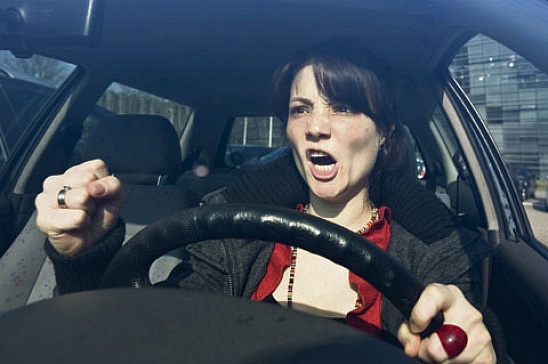Hurried drivers cause more accidents. But, there is no unique indicator for being hurried, finds PhD researcher Elizabeth Rendón Veléz.
Tired, distracted and intoxicated drivers cause most of the accidents. But also fit, attentive and clean individuals can drive poorly when under stress. They drive too fast, accelerate too quickly, brake forcefully, and overtake when they shouldn’t. Wouldn’t it be nice to have an indicator for stress that the car’s autopilot (advanced driver assistance system or ADAS) could react to?
That question was the onset for the PhD research by Elizabeth Rendón Veléz at the Faculty of Industrial Design and Engineering. She studied mechanical engineering and informatics engineering at the Eafit University in Colombia before coming to Delft. After four years of work, she has to conclude there is no single clear-cut indicator for hurriedness.
Working with 56 healthy test persons in a driving simulator, she noticed changes in heart rate, speed of breathing and blinking of the eyes when putting drivers under a time constraint. She also established higher revs, speeding and screeching accelerations when test persons in the simulator drove under stress.
However, when putting all data together, the stress differences disappeared. ‘These differences were mainly evident when analysed per individual participant and seldom observable for the combined data of all participants’, she wrote.
In other words, what is stressed driving for one person, may be normal behaviour for the next.
Instead of looking for one universal stress indicator, researchers should start looking for individual changes in behaviour, she recommended. She suggested that researchers to set threshold for indicators for hurried driving on an individual basis, because of the existing differences between individuals and even between the same individual on different occasions.
So, it may take a while before the board computer can sense differences in your driving style just as accurately as your partner can.
–> Elizabeth Rendon Vélez, Recognizing driving in haste, PhD supervisor: Professor Imre Horváth (IDE), 21 December 2014.
Read also ‘Hurried Drivers’, TU Delta 2011



Comments are closed.